While sailing across the Pacific Ocean, Verena and her husband Tim experienced an issue they never saw coming, which has proven difficult to solve.
As a live-aboard sailboat, we use different methods to meet the ever-increasing demand for electricity aboard, needed to power our navigation and satellite communication systems, lights, kitchen appliances, and entertainment and work devices. Before setting off on our blue water journey, we chose to install solar panels and a wind generator.
The wind generator works day and night, slowly and steadily providing us with clean energy independent from the sun. It was the perfect solution for the overcast ‘squash zone’ weather we experienced in the Tuamotus.
But, by the end of our journey through the Pacific, our wind generator turned into something else – a place of pain and death.
Nightwatches turned to nightmares
In early July, we left Port Vila in Vanuatu to sail our last leg in the Pacific. Our destination; Thursday Island in Australia.
We headed off with a light-wind weather window, and enjoyed the best trade-wind sailing conditions of our entire journey! The ocean swell was clean and low, and winds ranged perfectly from 13 to 18 knots. It was splendid.
Every evening we had visitors gliding in, riding the South Pacific trade-winds. Curiously, they checked out our boat and sometimes attempted to land, choosing the most ridiculous spots!
A swaying mast top.
A spreader hidden in different lines.
The main sail.
The boom.
You’ve probably experienced those joyful moments, as the birds soar above then sit and sway on something, resting and balancing every movement of the boat.
I love to see the gannets (or boobies) and their close approaches. They are beautiful, skilled sea birds. But something was very different this time. These birds showed a keen interest in our wind generator.
Bird strikes
It usually happened in the darkness of my night watch, 8pm to 2am, starting three nights into our passage. I heard a new sound. A bit hollow. Something had hit one of the blades of the wind generator.
It was a bird.
I thought it was strange as it had never happened before. Was this a one time experience?
Sadly, no. During this watch another two birds flew into the rotating blades, which in the darkness even I struggled to see. I sensed this really might be a problem.
Another night, more strikes
The next day my husband smiled at me a bit unbelievingly when I told him about last night’s experiences. Daylight faded, and just when he wanted to leave the cockpit;
Klong, klong, pitschsch.
Same sound, but this time the bird fell into the water.
With our spotlight we searched the surface of the ocean, but there was nothing to be seen since we were sailing quickly. The rest of my night watch I stood in the cockpit looking for sea birds, flashing our wind generator with a light whenever they came close.
Most of the time I was on time, but as soon as I stopped to take a note for the logbook, I heard the collision sound. By the end of my watch, I’d counted four birds being hit.
For me, as a human and a marine ecologist, it was heartbreaking. Some I saw floating, white belly up in the sea, motionless or twitching. Others were swimming and crying, wailing in pain. Some were still flying after they got hit. I know that down the ocean road, their chances of survival are diminished. A hurt bird is more vulnerable to its predators, or is simply unable to hunt for some time, weakening them.
Could light help?
I wanted to solve the problem. Given that light seemed to help, the next idea was to provide a constant stream of light towards our wind generator from one of our solar-powered outdoor camping lamps.
It wasn’t easy for me to wait and watch as the first two birds approached. But thankfully, nothing happened that night. No collisions!
The next night I started to relax. The wind generator was lit constantly, and last night no birds were hit. All will be fine.
CRASH, BOOM, BANG!
The horrifying sound of pain reached my ears, and I saw the crying gannet in our moonlit wake. It was so loud, my husband told me the next morning that he’d heard the poor bird from down below as he was falling asleep.
I was shocked. Sitting in the cockpit I cried silently. Devastated. Hopeless and not knowing what else to do. The rest of the watch I stood guard again with a lamp in my hand to warn the birds. But as soon as I stopped – Crash, boom, bang! Again.
Light is not the solution.
By now we were on the verge of changing weather, which was not to our favor. We changed course, continuing to head west toward the Great Barrier Reef, but further south than planned, seeking protection from the mounting ocean swell.
I headed into the night with fully reefed sails. The wind was above 20 knots, forecast to increase during the night. The comfortable downwind sailing was finished, and we were prepared for the last “uncomfortable” 200 NM.
That night watch started with another dead bird on deck. One of the beautiful black terns with the white hood, black noddy (Anous minutus) hit the wind generator, flapped mid-air into the main sail and dropped like a stone on our deck. I was emotionally worn out, and while I desperately wanted to find a solution, I needed to save my energy and focus for the near gale conditions we were in.
Is it the solar panel?
When we arrived at Thursday Island a couple of days later, I had a new idea. Below our wind generator is one of the solar panels; were the birds trying to land on that?
Another 2000 NM and some weeks later down the ocean road, we approached Christmas Island. Daylight faded. Another 60 miles to go. All sails were reefed since we had to slow down to approach the mooring field in daylight; a feat that was quite difficult with 1-2 knots of current pushing us towards our destination. We had visitors again. Two gannets, one still with its juvenile plumage.
I had a bad feeling.
This time I stood on our rocking cockpit benches to light the wind generator. The youngster approached and flew by, getting closer and closer each time. I was just about to ask my husband to come with the camera, but it was too late – the youngster did its final approach, feet forward, touching down, on the white, slippery body of the wind generator!
I couldn’t believe what happened in front of my eyes just a meter or two away!
The light didn’t help.
The solar panel was not the problem.
They are really trying to land on the moving, swaying, slippery wind generator.
The feet touched the wind generator, slipped once, twice. The bird tried to balance itself. It got hit twice, then it fell into the water. Wings spread. The left one at an awkward angle. Head under water.
What do we do?
As a live-aboard cruiser, marine ecologist and simply a human being, I don’t want to see animals needlessly suffer because of the way I live. A wind generator is a smart, sensible and eco-friendly way to make power out on the water, and it is an integral part of our blue-water cruising power system, but we need to find a solution for the birds too.
Now we have made our way to the Indian Ocean, where once again the gannets have come visiting. For now, we turn the wind generator off at dusk. It saves the birds, but we lose 6-8 hours of power generation, which is not ideal.
Have you experienced or heard about something like this?
I am curious to hear your story and find a permanent solution to our wind generator problem, saving the lives of these beautiful, winged creatures while allowing us to continue generating the essential power we need as we circumnavigate the globe.

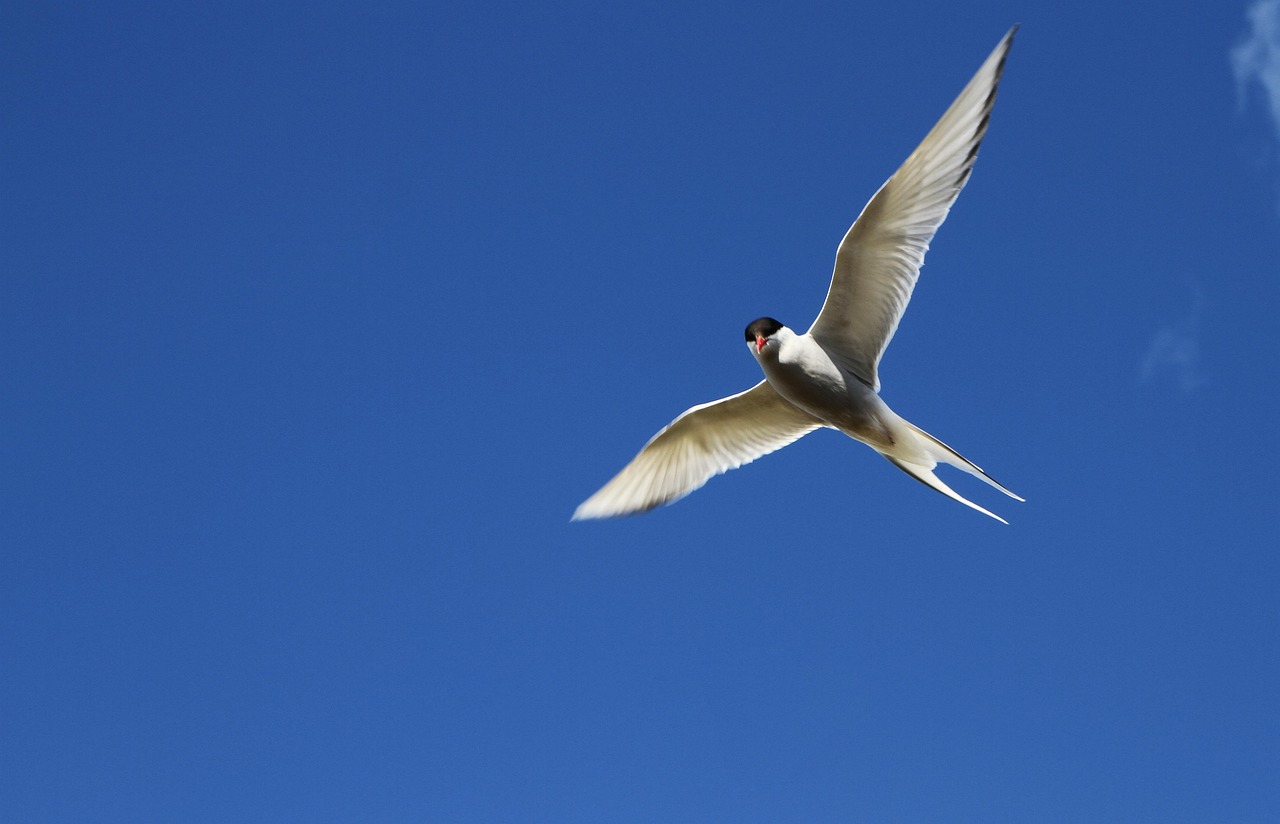

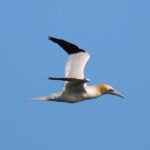
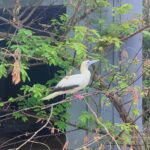
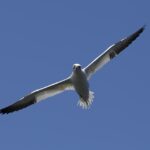
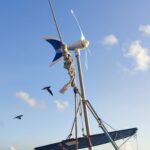
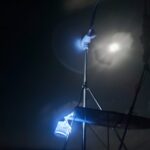
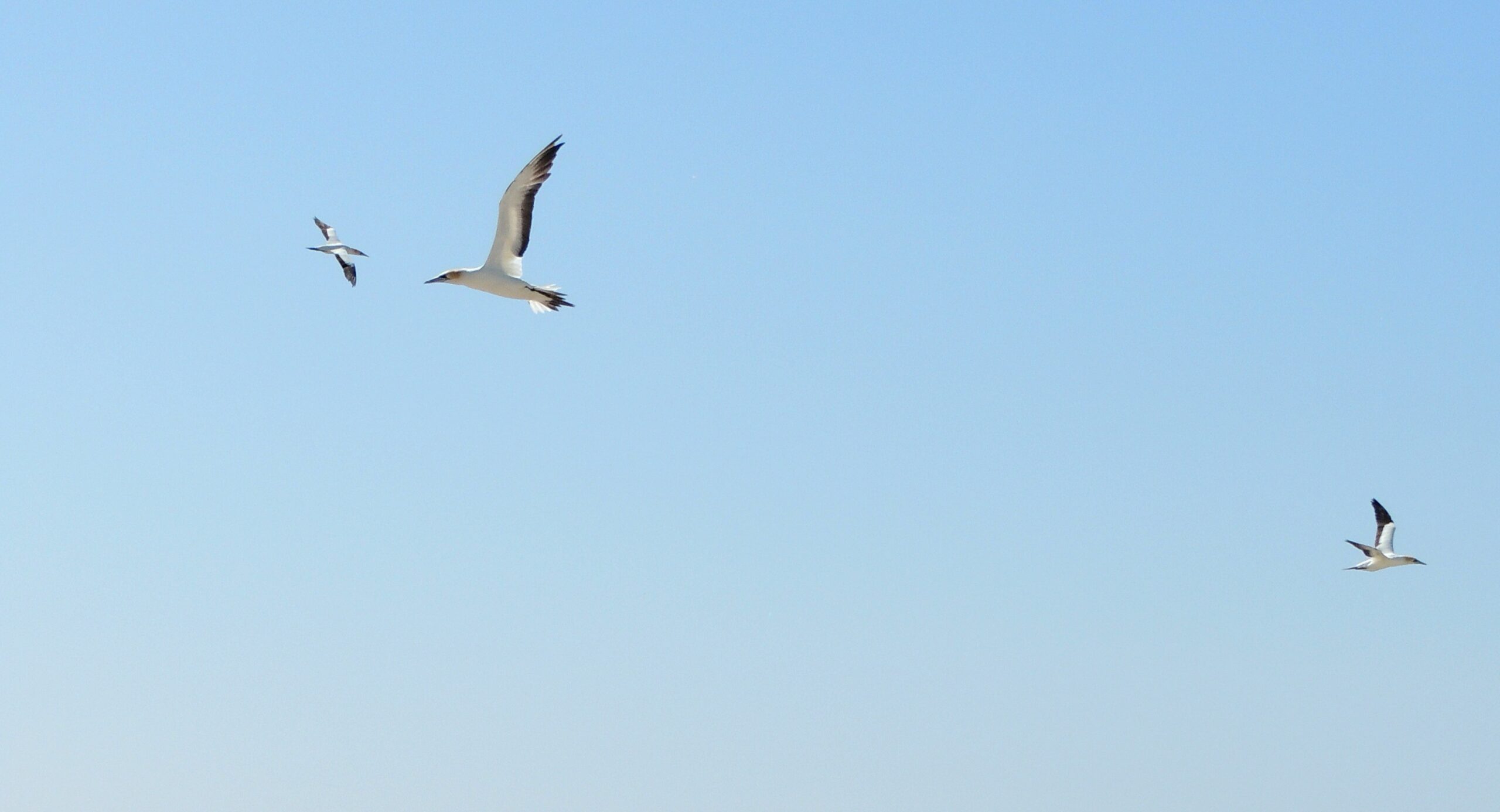
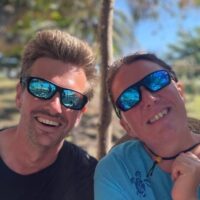

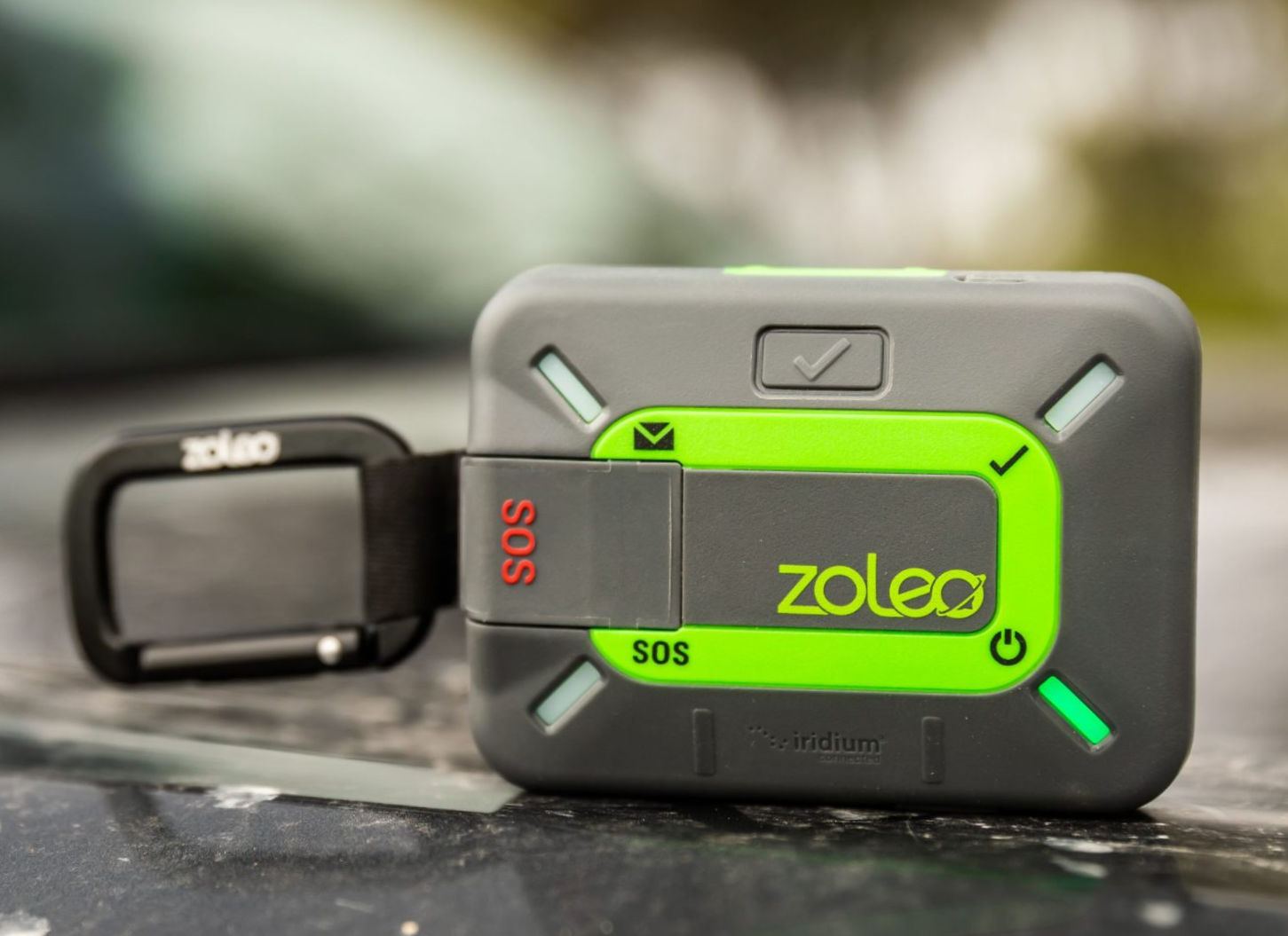

Hi,
We had a wind generator when we first bought the boat, but fortunately, being a cat we have the real estate for a big solar array. And we didn’t find the wind generator particularly effective (it was a silentwind, they have a very narrow effective wind-strength).
Anyway, we had a seagull fly into it at anchor once in broad daylight, which definitely helped in the decision to get rid of it.
I did wonder how it would affect it’s performance to put a wire shroud over the blades..
Trev.
A great article, well written, thank you.
In Norway they paint one blades black on wind turbine and they have reduces bird mortality up 70%.
https://supermiljobloggen.se/positiva-nyheter/malarfarg-minskar-fageldod-vid-vindkraftverk/
Hi Verena, we almost encountered the same issue coming close to Galapagos en afterwards for another 10 days. Luckily we have an ample bowsprit and 3 large solar panels in the back next to the Windgenerator, with enough room for them to sit. At times we had 6 to 8 birds sailing with us for days. They would also try to sit on the mast top and the pole, but couldn’t.
I think imy husband would have started to build something around the wind generator, similar to the ventilators, if your story had happened.tp us.
It was mere luck of having other spaces for them, that disaster did not hit.
Your article is very well written.
Stephanie
Wow sad story. We haven’t yet experienced this problem with our wind generator, but in those waters we didn’t have one at the time. But it makes one think.
Two ideas come to mind. The first, is that when in an area where you are experiencing this phenomenon, maybe it’s worth braking or securing the wind generator blades temporarily. Though not ideal for your charging scheme, it could help reduce harm.
The second is a technique I heard being effective for large wind farms, where they too have issues with bird strikes. The article said that they got an 80-90% reduction of bird strikes by painting one of the blades in a contrasting colour, typically one black blade, with the others being white. Though large wind farm turbine blades spin more slowly than small wind turbines, this is something that could be worth some experimentation. Even to affix some sort of tape to one of the blades. It would have to be smooth and lightweight, not to create an imbalance or excessive turbulence of the blades, but if it works, could reduce the harm AND still allow you to run the turbine.
I wonder also about the LED light being used to illuminate the blades. LED lights have a “flicker frequency”. Are you familiar with the effect where you watch the rotors of a helicopter, or the spokes of a wheel, and at a certain frequency they appear to slow down and even reverse? This is called a stroboscopic effect, making moving objects appear stationary or to move incorrectly. Rapidly flickering light shone on a spinning rotor could maybe cause this effect, and make the blades appear to be less of a hazard than they are in reality.
I just read an article about this problem today. In Norway they paint one of the blades black, not sure how that would help at night but maybe some glue in the dark yellow and black on another?
Thanks for your very good, and touching , paper. I also have a wind generator on my live-aboard sailboat and il occurred (at least) one time that a small bird got hurt (and deadly, unfortunately). This was las October, back in St Laurent Gulf, Canada.
To date, I sailed over 20 000 NM with this boat and wind generator, and only one accident. My blades are black: is it good, is it bad? Good idea may be, to paint one of the blades with a very different color.
But aside, it seems that you pointed out that the birds often wanted to LAND ON the wind generator main BODY. That suggest to me that, rendering the static part of the wind generator less welcoming, could help. I would try to put some spikes over the WG main body. The kind of spikes that some sailors put over the spreaders to avoid visitors and their guano.
That said, I didn’t experiment any of these suggestions, I would like to hear about other sailors’ experiences.
Cheers,
Daniel
Great article. I’m just about to install my wind generator and I’ll have to give this some thought. On the theme of a different coloured blade, I wonder if you painted a tip of the blades with luminous paint. That wouldn’t require energy and would give a moving glowing light at night which would hopefully have less effect on your night vision than a light. Good luck and thank you for sharing.
Great article and really sad to hear of your experience. We have a Superwind SW350 wind generator on our cat with ownership of 8 years and 4.5 years full time living aboard and cruising. Areas of sailing are New Zealand, Tonga, Fiji, Australia, and currently Indonesia, west coast Malaysia and Thailand.
We have never had a bird strike or injury that we know of. We have had birds land in the tail fin and body of the generator, but never through the blades. The Superwind blades have a yellow tip (last 150mm), so when the blades are spinning a yellow circle can be seen. Perhaps this is enough to keep the birds away? Or, we (well, the birds we encountered) have been lucky.
Hope you find a solution. Removal of course is an option. The wind generator came with the boat and we haven’t bothered to remove it, but we would never have bought a wind generator in the first place. Perhaps a hydro generator though, to supplement solar on passages.
Would you consider towing a hydro generator at night instead of using the wind generator? It would create some drag and might slow your speed slightly but it could resolve the issue of generating sufficient power while protecting the birds at night.
Dear Readers,
Thanks a lot for your comments and sharing ideas. Illuminating paint or reflective Stickers on both Sides of the Blades were my First Idea, too. Darkening the bright White Main Body is a very good Idea. As well as all the Options you pointed out.
Meanwhile I reached out to more Cruiser friends. Luckily I found noone with a similar experience. I have the feeling that it is a regional thing plus the type of our Wind Generator being so attractive.
We didn’t have any problem before the crossing to Australia nor after leaving Cocos.
so I am hopeful that this is not a usual problem but rather there is a potential to run into trouble.
I sincerely hope that noone of you have These kind of troubles.
Bests,
Verena from SY Moana
I had a wind generator on my previous boat, and encountered the same problem.
Since that time, two important developments changed my strategy regarding wind generators: Solar panels have become cheaper and now have a much higher output, and lithium batteries make it easier to capture energy so you can use it at night or the occasional overcast day.
In the years I had a wind generator I observed that a wind generator is not really compatible with a solar panel. Have you noticed how many times the wind generator casts a shadow over the solar panel? Do you know that even a small piece of shadow on a solar panel reduces its output unproportionally?
I suspected that on average the wind generator was actually taking more power away from the solar panels than it contributes by itself. So the question is, with the availability of high output solar panels and lithium batteries, does one really need a wind generator that often reduces the solar power generation?
On my current boat, no wind generator. No dead trap to birds, no noise, no vibrations, no shadow on the solar panels.
Hi Frans,
Thank you for sharing your experiences. Where did you experience the bird strikes?
So far, you are the only one sharing a similar Problem.
We are also big fans of Lithium batteries and solar panels. We use flexible ones, keeping them out of the shade.